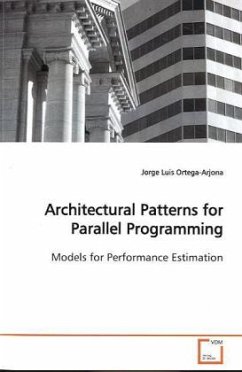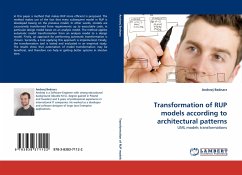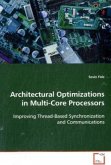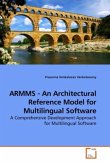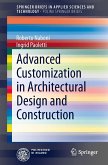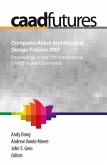The Architectural Performance Modelling Method is
presented as a criteria for selecting the
organisation of a parallel program based on
estimating its probable performance. An Architectural
Performance Model is based on selecting from the
Architectural Patterns for Parallel Programming
(descriptions of coodinations commonly used in
Parallel Programming), a component simulator
(representing a simulation of a processing
component's behaviour), and a performance analysis of
parallel applications (in which the information on
system performance is examined). Parallel programs
simulated using the Architectural Performance
Modelling Method range from a complete parallel
program to a partially implemented program design.
The simulation of parallel systems, using the
information about the problem to be solved, the
available resources, and architectural patterns
describing overall coordinations of the parallel
programs, makes it possible to identify the best
performing architectural solution for the system
being built.
presented as a criteria for selecting the
organisation of a parallel program based on
estimating its probable performance. An Architectural
Performance Model is based on selecting from the
Architectural Patterns for Parallel Programming
(descriptions of coodinations commonly used in
Parallel Programming), a component simulator
(representing a simulation of a processing
component's behaviour), and a performance analysis of
parallel applications (in which the information on
system performance is examined). Parallel programs
simulated using the Architectural Performance
Modelling Method range from a complete parallel
program to a partially implemented program design.
The simulation of parallel systems, using the
information about the problem to be solved, the
available resources, and architectural patterns
describing overall coordinations of the parallel
programs, makes it possible to identify the best
performing architectural solution for the system
being built.

